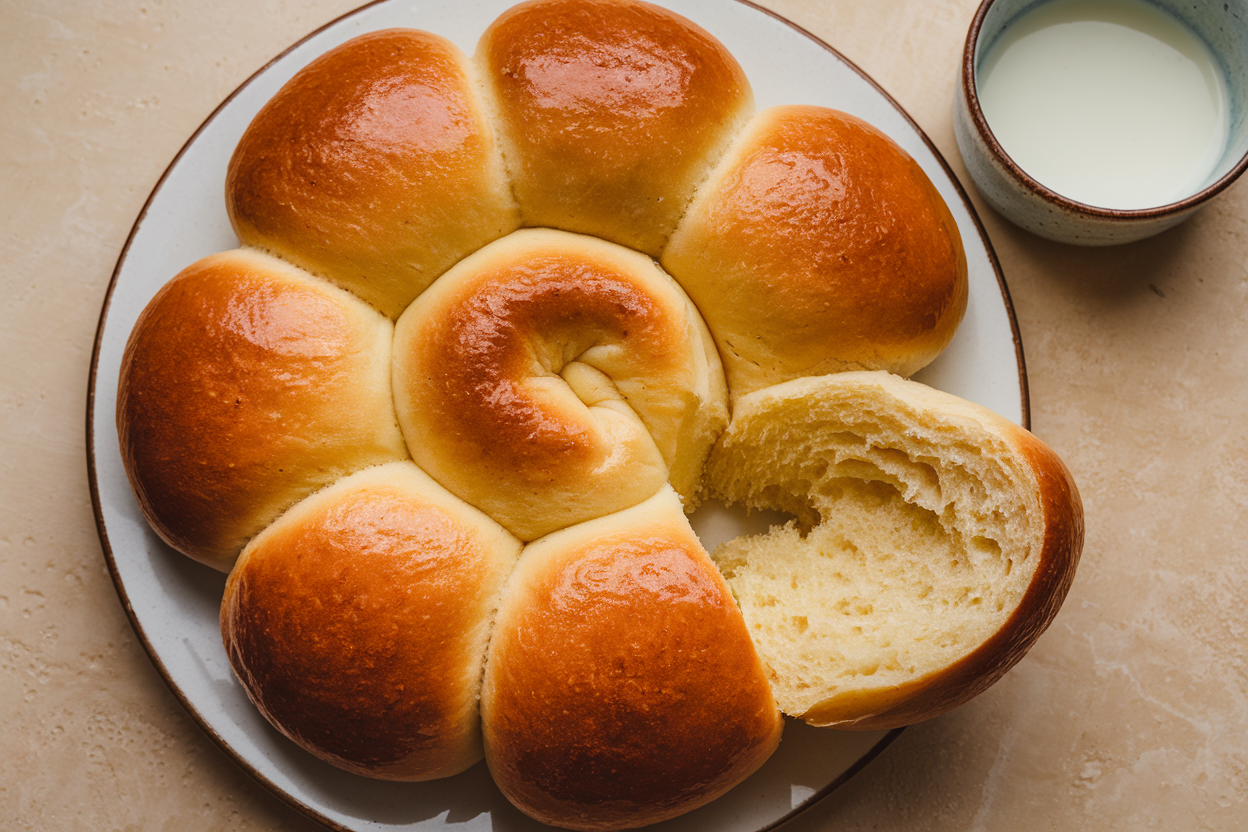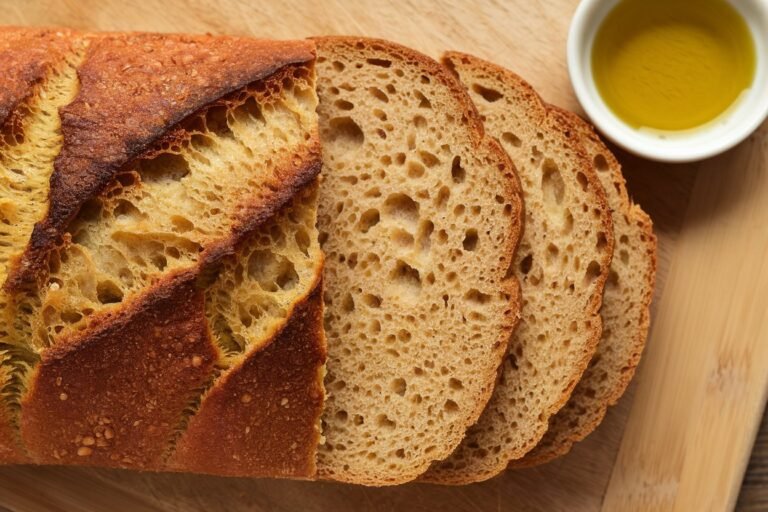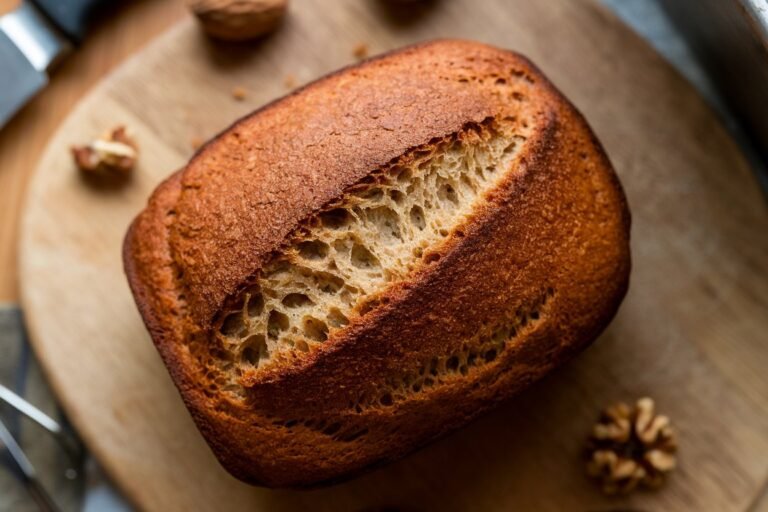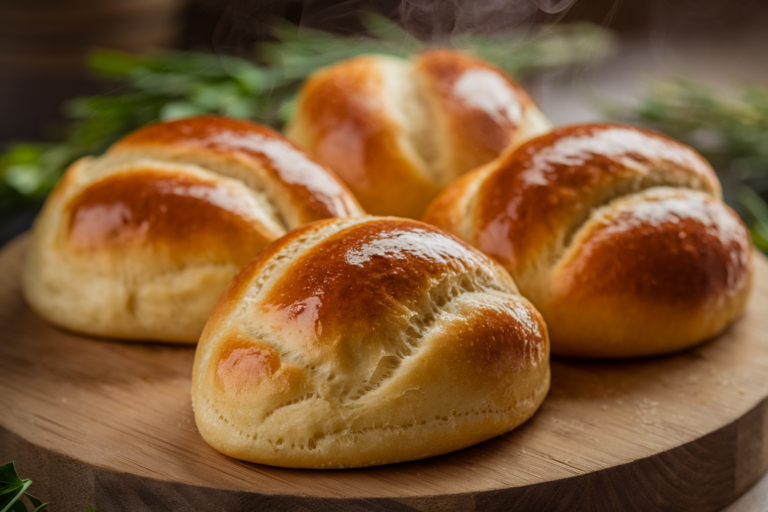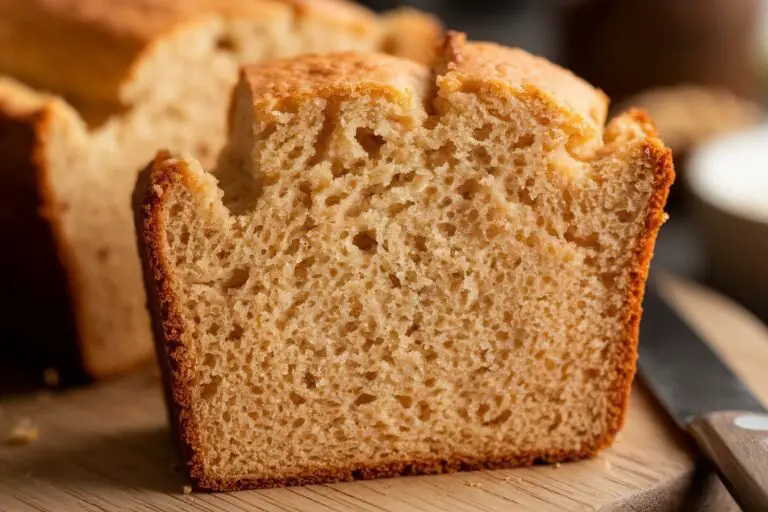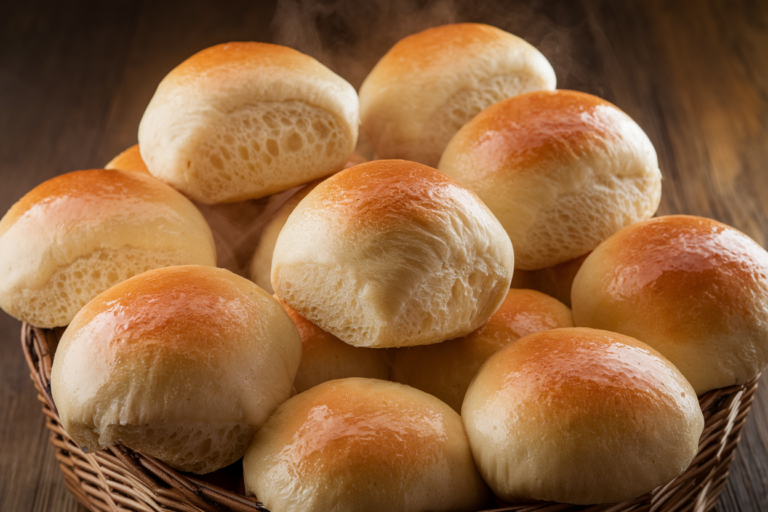Buttermilk and Butter Dinner Rolls: The Fluffy Game-Changer You Need
Picture this: warm, buttery, melt-in-your-mouth dinner rolls fresh from the oven. The kind that makes you forget about the main course. These aren’t just any rolls—they’re buttermilk and butter dinner rolls, the undisputed champions of comfort food.
Why settle for store-bought sadness when you can make these at home with minimal effort? Your family will worship you. Your friends will beg for the recipe.
And your kitchen will smell like heaven. Ready to level up your bread game?
Why This Recipe Works
These rolls are fluffy, rich, and impossibly tender, thanks to the dynamic duo of buttermilk and butter. Buttermilk adds a subtle tang and keeps the crumb soft, while butter?
Well, butter makes everything better. The dough is forgiving, so even if you’re a bread-making newbie, you’ll look like a pro. Plus, they’re versatile—serve them plain, slathered with more butter, or as the foundation for the world’s best sandwich.
Ingredients
Gather these simple ingredients (no weird pantry staples here):
🍫 The Ultimate No-Bake Dessert Ebook 🍓
30 mouthwatering no-bake recipes you can whip up in minutes — creamy cheesecakes, fruity parfaits, chocolatey bars, and more!
- ⚡Quick & easy — no oven required
- 📖30 recipes + bonus treat
- 🍓Chocolate, fruit, nutty & refreshing flavors
- ✨Beautifully designed, instant download
- 3 cups all-purpose flour (plus extra for dusting)
- 1 tbsp sugar (for a hint of sweetness)
- 1 tsp salt (because flavor matters)
- 1 packet (2 1/4 tsp) active dry yeast (the magic riser)
- 1 cup buttermilk (room temp, unless you enjoy stressing your yeast)
- 1/4 cup unsalted butter (melted, because solid butter won’t play nice)
- 1 egg (for richness and structure)
Step-by-Step Instructions
- Activate the yeast: Warm the buttermilk slightly (not hot—yeast hates saunas).
Mix in sugar and yeast, then let it sit for 5-10 minutes until frothy. If nothing happens, your yeast is dead. Start over.
- Mix the dough: In a large bowl, combine flour and salt.
Add the yeast mixture, melted butter, and egg. Stir until a shaggy dough forms.
- Knead: Turn the dough onto a floured surface and knead for 5-7 minutes until smooth. If it sticks like glue, add a bit more flour—but don’t overdo it.
- First rise: Place the dough in a greased bowl, cover with a towel, and let it rise for 1-2 hours until doubled.
Patience is key here.
- Shape the rolls: Punch down the dough (take out your frustrations), divide into 12 equal pieces, and roll into balls. Place them snugly in a greased baking dish.
- Second rise: Cover and let them rise again for 30-45 minutes. They should look puffy and adorable.
- Bake: Preheat oven to 375°F (190°C).
Bake for 20-25 minutes until golden brown. Brush with melted butter right after baking for extra glory.
Storage Instructions
These rolls are best fresh, but if you somehow have leftovers (doubtful), store them in an airtight container at room temp for 2-3 days. To reheat, wrap in foil and warm in a 300°F (150°C) oven for 10 minutes.
For longer storage, freeze them—just thaw and reheat when the craving hits.
Why You Should Make These Rolls
Beyond being ridiculously delicious, these rolls are easy, customizable, and crowd-pleasing. Buttermilk adds probiotics (health halo, anyone?), and homemade bread beats store-bought every time. Plus, baking these is cheaper than therapy.
Win-win.
Common Mistakes to Avoid
- Killing the yeast: Hot liquid = dead yeast. Aim for lukewarm.
- Over-flouring the dough: Tough rolls are sad rolls. Add flour sparingly.
- Skipping the second rise: This isn’t a shortcut-friendly recipe.
Let them rise properly.
- Overbaking: Golden brown, not charcoal. Set a timer.
Alternatives
No buttermilk? Mix 1 cup milk with 1 tbsp lemon juice or vinegar and let it sit for 5 minutes.
Vegan? Use plant-based butter and a flax egg. Want herbs?
Add rosemary or garlic powder to the dough. Go wild.
FAQs
Can I use instant yeast instead of active dry yeast?
Yes! Skip the activation step and mix it directly with the dry ingredients.
Easy peasy.
Why are my rolls dense?
You probably overworked the dough or didn’t let it rise long enough. Treat your yeast with respect.
Can I make these ahead of time?
Absolutely. Prepare the dough, let it rise once, then refrigerate overnight.
Shape and bake the next day.
Can I use whole wheat flour?
You can, but the rolls will be denser. Try substituting half whole wheat and half all-purpose for a compromise.
How do I know when the rolls are done baking?
Tap the top—if it sounds hollow, they’re ready. Or use a thermometer; internal temp should be 190°F (88°C).
Final Thoughts
These buttermilk and butter dinner rolls are the ultimate flex for any meal.
They’re soft, flavorful, and guaranteed to steal the spotlight. FYI, once you make these, there’s no going back to sad, dry store-bought rolls. So grab your ingredients and get baking—your future self (and your dinner guests) will thank you.

